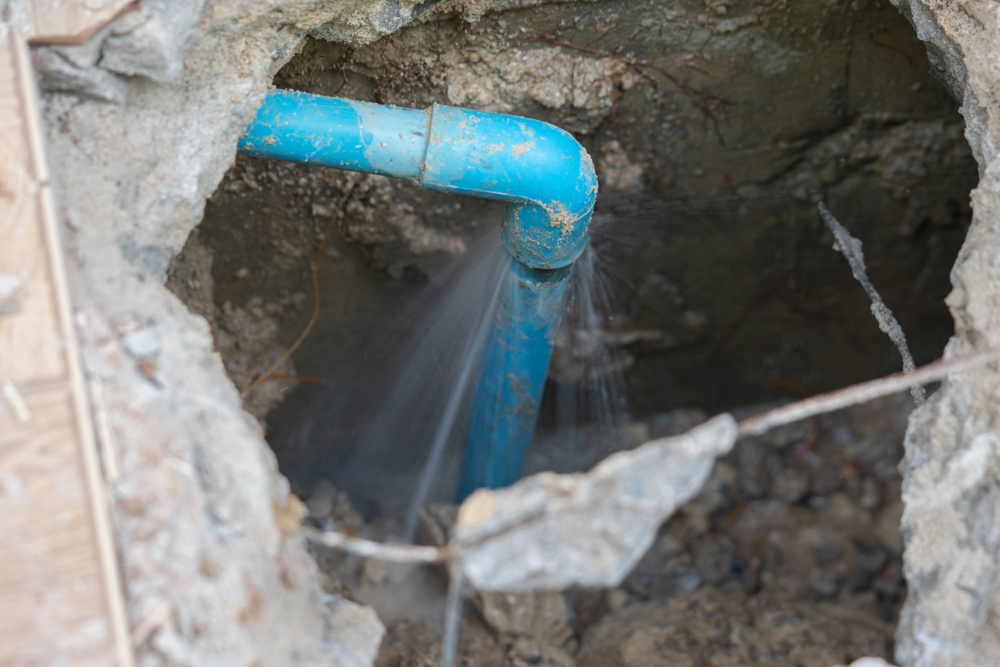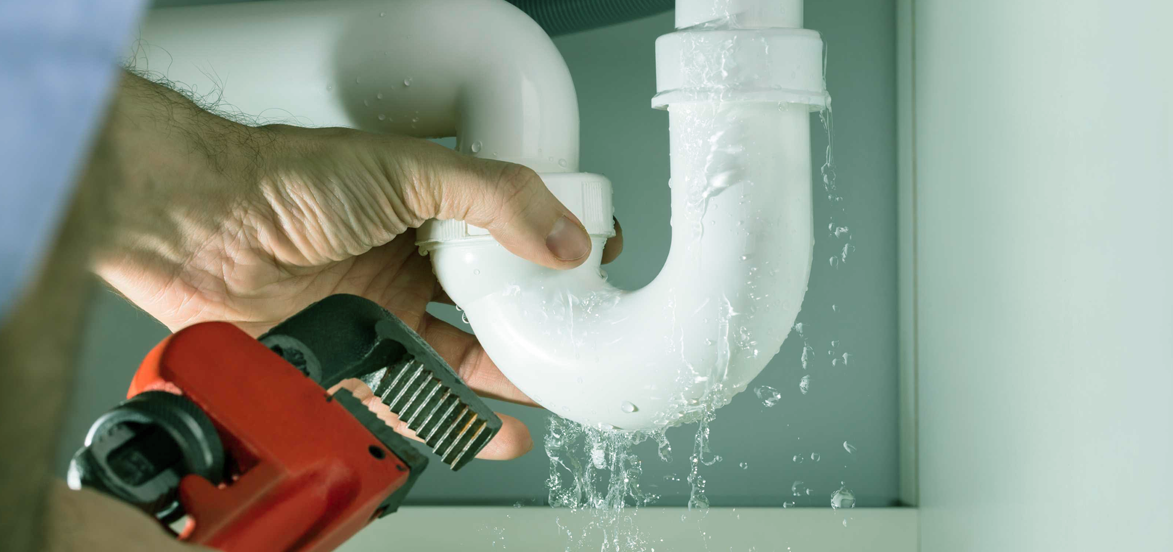6 Ways to Locate Concealed Water Leaks in Your House
6 Ways to Locate Concealed Water Leaks in Your House
Blog Article
We've noticed the article about Finding hidden leaks listed below on the internet and concluded it made sense to relate it with you on this page.

Early detection of dripping water lines can alleviate a potential catastrophe. Some small water leakages might not be visible.
1. Analyze the Water Meter
Inspecting it is a proven method that assists you find leakages. If it moves, that indicates a fast-moving leak. This means you may have a sluggish leakage that can even be underground.
2. Examine Water Usage
If you identify sudden changes, despite your consumption being the exact same, it indicates that you have leakages in your plumbing system. A sudden spike in your costs indicates a fast-moving leakage.
Meanwhile, a steady increase on a monthly basis, despite the same routines, shows you have a slow leak that's also slowly rising. Call a plumber to completely examine your residential or commercial property, specifically if you feel a warm location on your flooring with piping below.
3. Do a Food Coloring Test
When it pertains to water intake, 30% originates from toilets. Test to see if they are running appropriately. Decrease flecks of food color in the storage tank as well as wait 10 minutes. There's a leak in between the storage tank as well as bowl if the shade in some way infiltrates your bowl during that time without flushing.
4. Asses Exterior Lines
Don't forget to inspect your outside water lines also. Test spigots by connecting a yard hose pipe. Ought to water permeate out of the link, you have a loose rubber gasket. Change this as well as make certain all links are limited. It will certainly aid obtain it expertly analyzed and kept every year if you've got a lawn sprinkler system. One small leak can throw away lots of water and spike your water expense.
5. Analyze the circumstance and also inspect
House owners should make it a practice to examine under the sink counters and also even inside cupboards for any type of bad odor or mold and mildew development. These two red flags indicate a leak so timely focus is called for. Doing regular evaluations, even bi-annually, can save you from a major issue.
A lot more significantly, if you understand your house is currently old, keep a watchful eye on your heating units, hose pipes, pipes etc. Check for discolorations and also damaging as a lot of pipes and devices have a life expectancy. They will likewise naturally wear away because of wear and tear. Do not wait for it to rise if you presume leaking water lines in your plumbing system. Call a professional plumber as soon as possible so you do not end up with a horrible mess in your house.
Early detection of leaking water lines can alleviate a prospective catastrophe. Some little water leakages may not be visible. Checking it is a guaranteed way that helps you uncover leaks. One little leak can squander bunches of water as well as increase your water costs.
If you suspect dripping water lines in your plumbing system, don't wait for it to rise.
WARNING SIGNS OF WATER LEAKAGE BEHIND THE WALL
PERSISTENT MUSTY ODORS
As water slowly drips from a leaky pipe inside the wall, flooring and sheetrock stay damp and develop an odor similar to wet cardboard. It generates a musty smell that can help you find hidden leaks.
MOLD IN UNUSUAL AREAS
Mold usually grows in wet areas like kitchens, baths and laundry rooms. If you spot the stuff on walls or baseboards in other rooms of the house, it’s a good indicator of undetected water leaks.
STAINS THAT GROW
When mold thrives around a leaky pipe, it sometimes takes hold on the inside surface of the affected wall. A growing stain on otherwise clean sheetrock is often your sign of a hidden plumbing problem.
PEELING OR BUBBLING WALLPAPER / PAINT
This clue is easy to miss in rooms that don’t get much use. When you see wallpaper separating along seams or paint bubbling or flaking off the wall, blame sheetrock that stays wet because of an undetected leak.
BUCKLED CEILINGS AND STAINED FLOORS
If ceilings or floors in bathrooms, kitchens or laundry areas develop structural problems, don’t rule out constant damp inside the walls. Wet sheetrock can affect adjacent framing, flooring and ceilings.
https://www.servicemasterbyzaba.com/blog/how-to-detect-water-leakage-in-walls/

As a devoted reader about Leaking water lines, I think sharing that section was a smart idea. Sharing is caring. Helping people is fun. I thank you for reading our article about Hacks to detect leaks.
Report this page